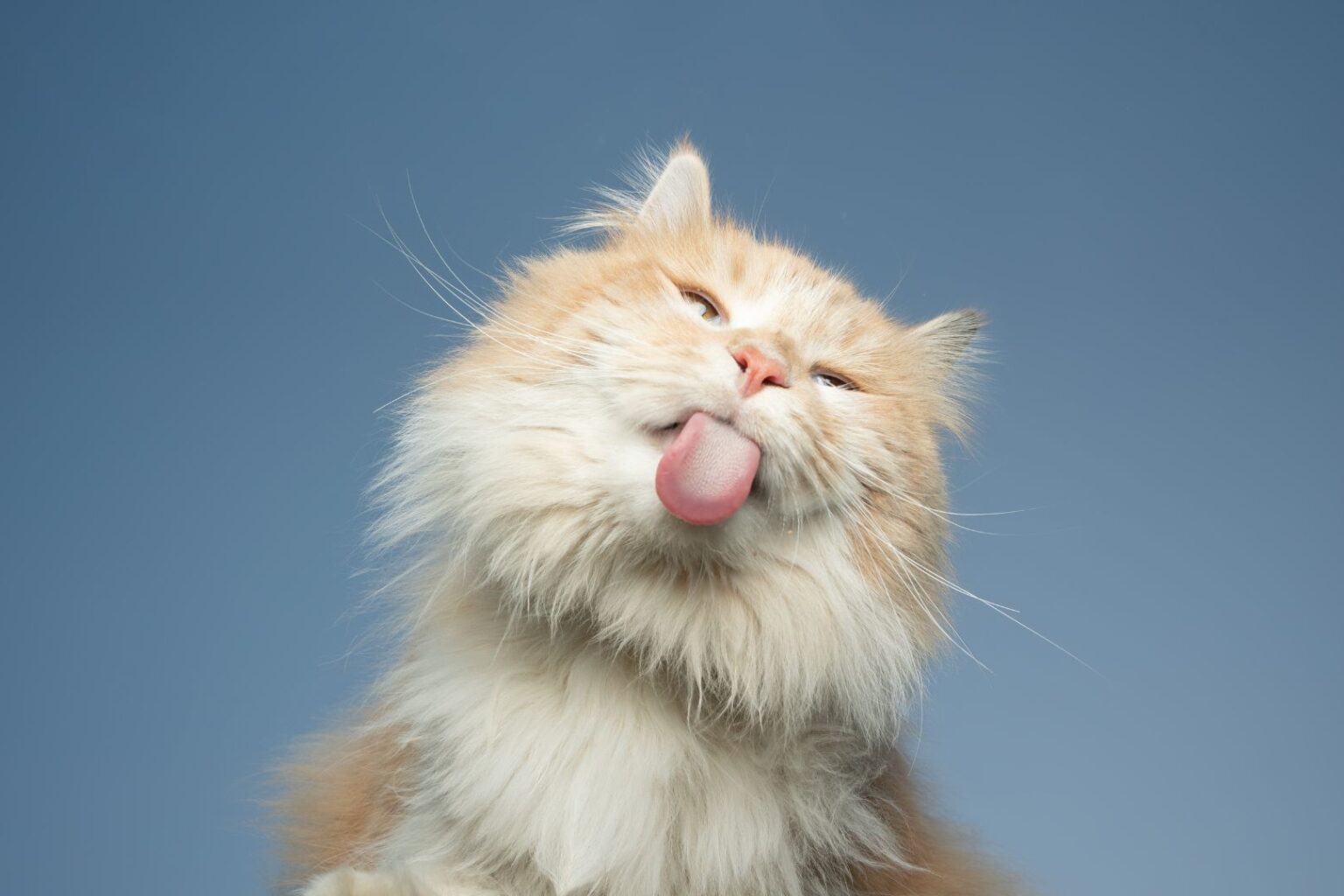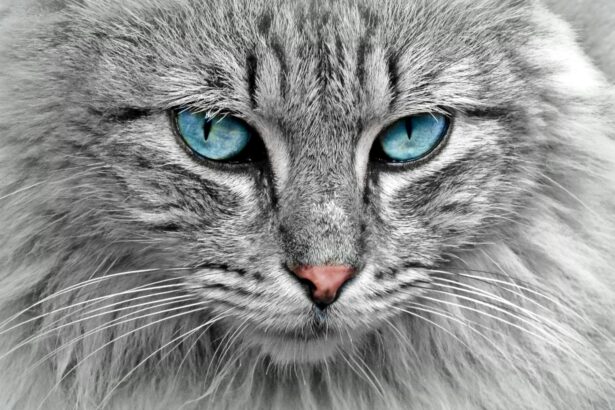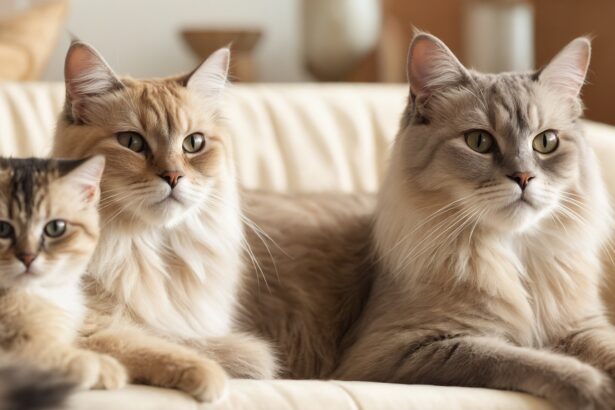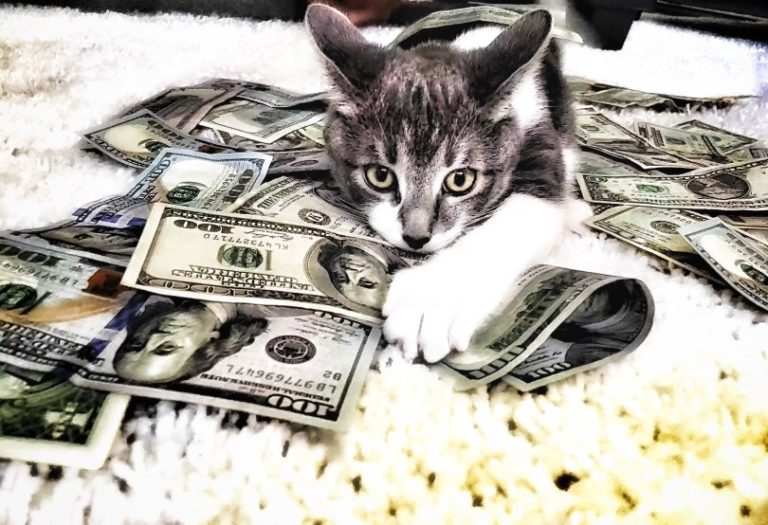Decoding your cat’s licks: affection, comfort, or something else?
Your cat’s sandpapery kisses can feel both sweet and… a little scratchy. What are they trying to say? Licking is part of a cat’s social toolkit, and it can mean affection, comfort-seeking, or even a polite “pay attention to me, human.”
- Decoding your cat’s licks: affection, comfort, or something else?
- Affection and bonding: the allogrooming effect
- The salty truth: taste and curiosity
- Communication and comfort: when licking speaks volumes
- Why those licks feel like sandpaper
- Should you let your cat lick you?
- How to reduce or redirect licking (kindly)
- When licking becomes too much
- The sweet truth
- FAQ
Think of it as feline shorthand. Context matters. After a cuddle, a lick often says “you’re family.” After you come home sweaty from a workout, it might be the taste. In a tense moment, it can be self-soothing.
Affection and bonding: the allogrooming effect
Kittens learn early that licking equals love. In multi-cat homes, they groom one another to bond and share a group scent. That behavior easily spills over to the humans they adore.
When your cat licks you, they’re blending scents and reinforcing your little family. Curious about why cats groom one another so much? Read more about mutual grooming in this handy guide: why cats lick each other.
Surprising fact: The technical name for social grooming is “allogrooming,” and it’s as much about trust as it is about tidying.
The salty truth: taste and curiosity
Many cats are intrigued by our skin after exercise. Sweat contains sodium and other minerals that can be enticing. A few sandpapery licks can simply be a taste test.
If your cat is particularly interested in your post-gym glow, this article explains why certain human smells are oddly irresistible to them: why cats love the smell of your sweat.
Quick tip: After a workout, wash or change clothes before your cuddle session. It reduces salt attraction and helps redirect those passionate licks.
Communication and comfort: when licking speaks volumes
Licking can be your cat’s gentle nudge for attention. It can also be a self-soothing habit when they feel unsettled. If you notice your cat licking you more than usual—and looking a bit on edge—stress may be in the mix.
Watch for other clues like hiding, appetite changes, or sudden irritability. This guide rounds up the telltale signs and how to help: signs of stress in cats.
Common mistake to avoid: Don’t scold or push your cat away harshly for licking. It can damage trust and increase anxiety, which may make the behavior worse.
Why those licks feel like sandpaper
Blame the tongue. It’s covered in tiny, backward-facing keratin spines called papillae. They act like mini combs, perfect for detangling fur and sipping water efficiently.
If you’ve ever wondered why it feels so rough, this deep dive explains the tongue’s smart design: why a cat’s tongue is rough.
Fun tidbit: Those papillae help wick moisture and snag loose hairs—nature’s high-tech grooming tool built right in.
Should you let your cat lick you?
Occasional affectionate licks are usually fine. Just avoid areas with cosmetics, sunscreen, or lotions, and wash hands before preparing food.
Health note: Cat saliva carries bacteria, so skip face licking and open cuts. If you’re immunocompromised, it’s safest to gently redirect the behavior.
- Offer a slow blink and a chin scratch as a “thank you” for the love.
- Stand up calmly if licks are getting intense, then invite play instead.
- Keep routines steady; predictability lowers stress-driven licking.
How to reduce or redirect licking (kindly)
You can keep the bond without becoming a permanent lollipop. Try these gentle strategies.
- Create a lick station: Offer a small silicone lick mat with cat-safe paste or wet food once a day. Add a “kiss-kiss” cue and end the session after a minute to keep it special.
- Switch to grooming time: When the licks start, pick up a soft grooming glove and brush. It satisfies the bonding urge and reduces hairballs.
- Play, then cuddle: A quick wand-toy session burns energy. Calm cuddles follow, with fewer “taste tests.”
- Rinse and reset: Change into clean clothes after workouts to lower the salty temptation.
Avoid this: Don’t let your cat lick lotions, essential oils, or medicated creams. Many ingredients are unsafe for cats if ingested.
When licking becomes too much
Red flags include licking that interrupts sleep, seems compulsive, or appears alongside other behavior changes. If your cat also overgrooms themselves to the point of thinning fur, it’s time to check in with your vet.
Medical issues like allergies, pain, or GI discomfort can all fuel overgrooming. A professional exam helps rule out health causes and guides the right behavior plan.
In the meantime, keep stress low, offer enrichment, and stick to consistent routines. Your calm presence is powerful.
The sweet truth
From “I love you” to “you taste interesting,” your cat’s licks are a little love letter in feline language. Read the context, protect the bond, and redirect gently when needed.
With a few smart tweaks, you’ll keep the kisses, skip the chapped skin, and stay best friends—exactly as your whiskered shadow intended.
FAQ
Why does my cat lick me and then bite?
It’s often playful overstimulation. Petting can tip from “ahh” to “too much” quickly. Pause petting, give a short break, and switch to a toy if needed.
Why does my cat lick my hair or face?
It’s social grooming. Your hair holds scents and salt, which can be intriguing. Gently redirect from the face to a brush or a lick mat.
Is it safe to let my cat lick my skin?
Occasional licks are usually fine on clean skin. Avoid face, open cuts, and areas with lotions. Wash hands after, especially before handling food.
How do I stop nighttime licking?
Give a play session and a snack before bed, then a calm cuddle. If licking starts, stand up briefly, dim lights, and offer a soft perch near you instead.







